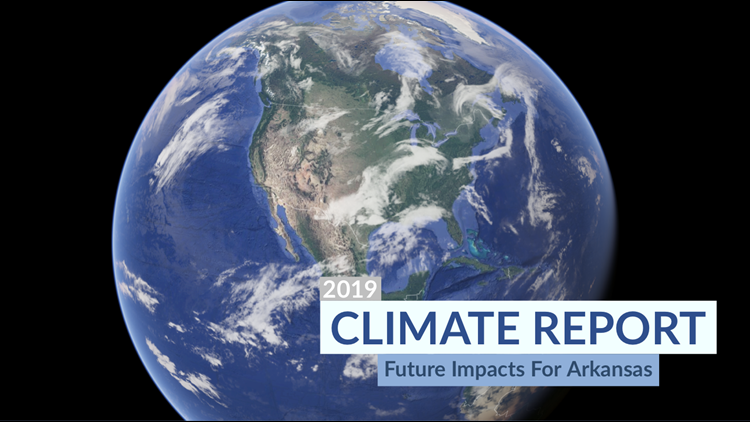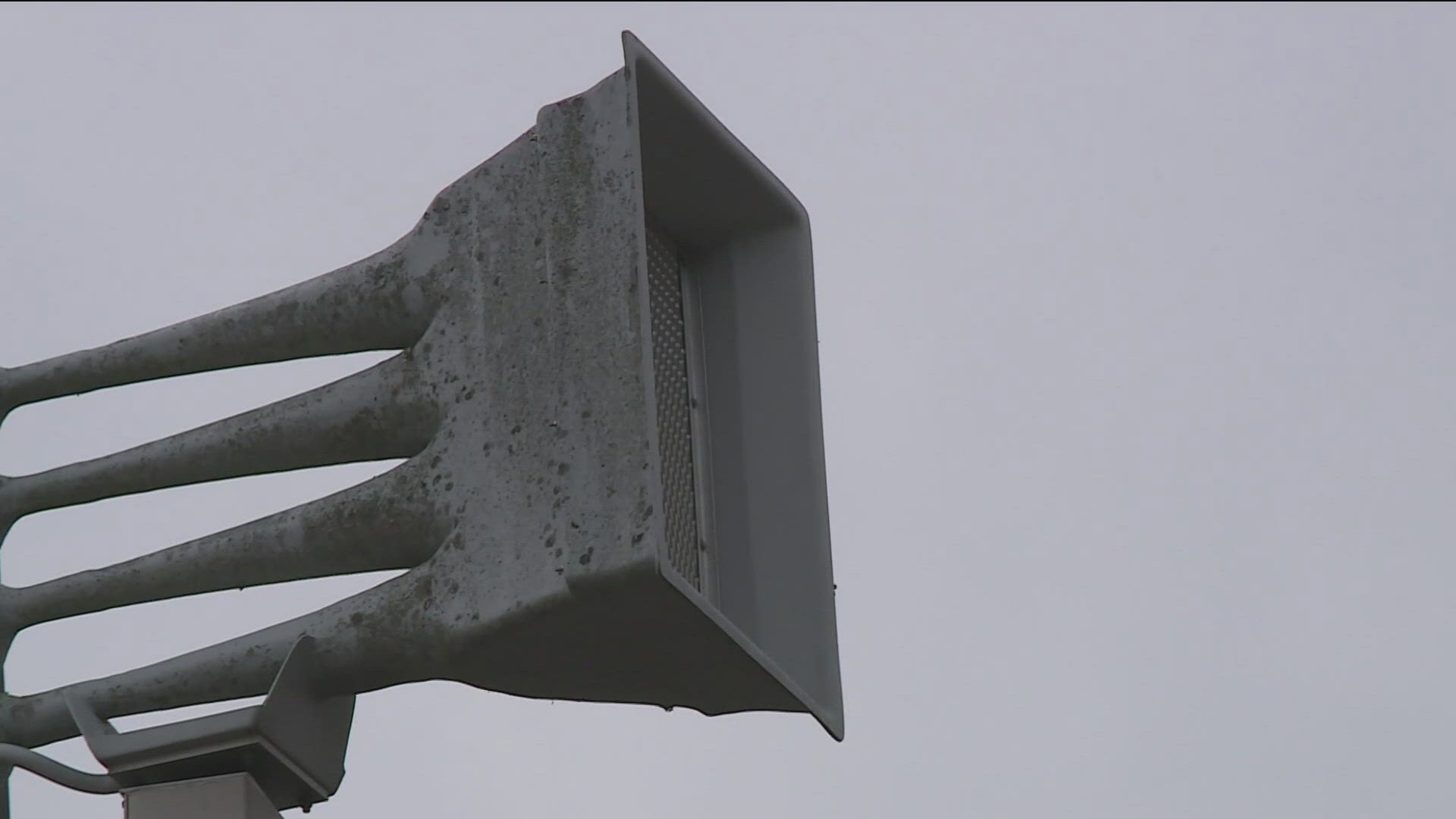The American Meteorological Society has released a new climate change report (one every 5 years) to summarize and highlight the latest findings about how our climate may change in the future. While every state and nation will see impacts, some will have less than others, mainly due to proximity to oceans and watershed layout. How may Arkansas fare?
Tap HERE for a link to the full report.

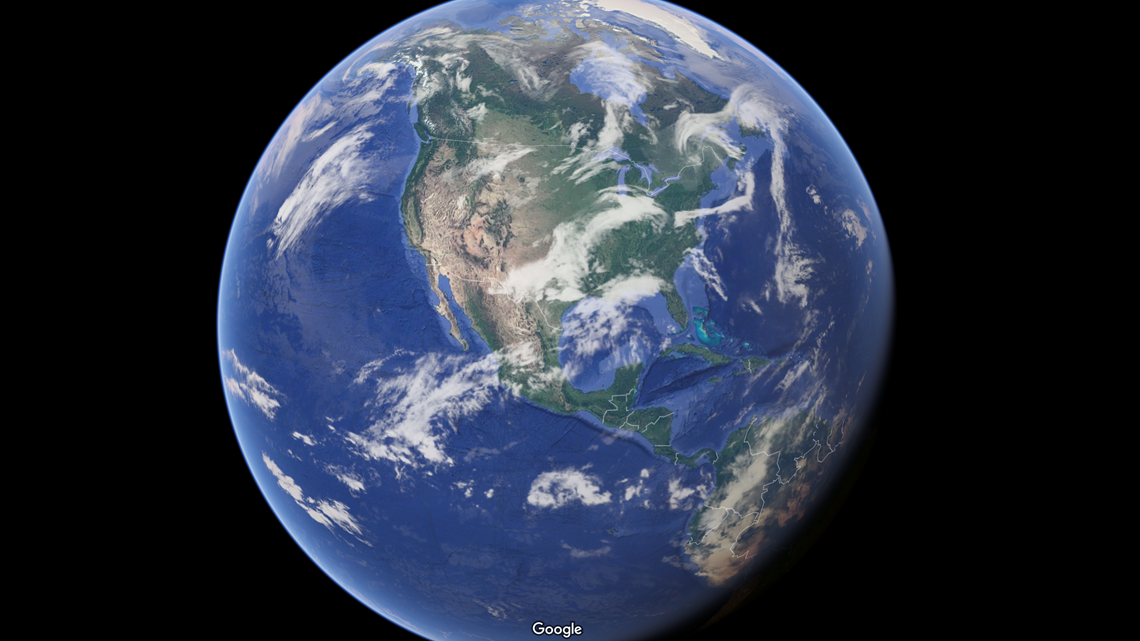
EARTH: Current State
Overall, the temperature of the earth has been warming in the past several decades. Temperatures worldwide are near Interglacial Period levels, or ~12,3000 BC. However, during that time it’s estimated that sea levels were 20-30 feet higher back then than they are today. This is due to the fact that it takes a while for the earth to react to warmer air so sea levels will continue to rise.
- Arctic sea ice coverage has been reduced by 50% in the past 40 years.
- Oceans are warming and becoming more acidic (0.1 pH lower over the past century).
- The average United States temperature has risen by 2.5°F since 1970.
- The four warmest years in recorded history have been 2015, 2016, 2017, and 2018.
- Permafrost is thawing out across the high latitudes.
- Sea levels rose an average of 6.7 inches during the 20th century.
ARKANSAS: Current State
- Rainfall has increased east of the Continental Divide, including Arkansas.
- Arkansas’ average temperature has risen by 2.0°F since 1970.
- Arkansas’ growing season has been extended by 23 days since 1970.
- Winter tornadoes are becoming more common throughout the southeast, including Arkansas, thanks to warmer winters.

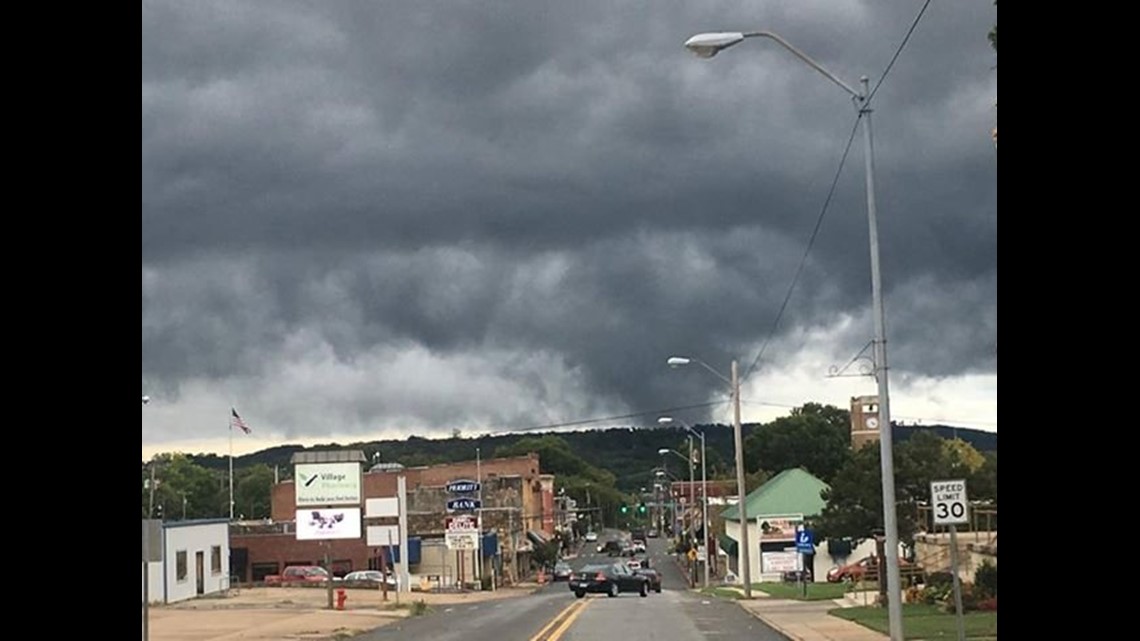
Why is the climate changing?
Earth’s climate has always changed. Over the course of Earth’s history, we have had much warmer times, as well as much colder times. Our unique planet adapts to changing conditions by altering the climate, ocean currents, ice caps, and sea levels. In recent history, especially in the last century, Earth’s climate has been changing faster than ever before.
There is natural variability to account for, including ocean temperature and current fluctuations that happen over multiple decades. There is also solar variability. These are all cycles. Studies have shown that recent climate date is linear in change and happening much faster. That is due to anthropogenic greenhouse gas emissions warming both the land and sea.
Sea Levels Rising

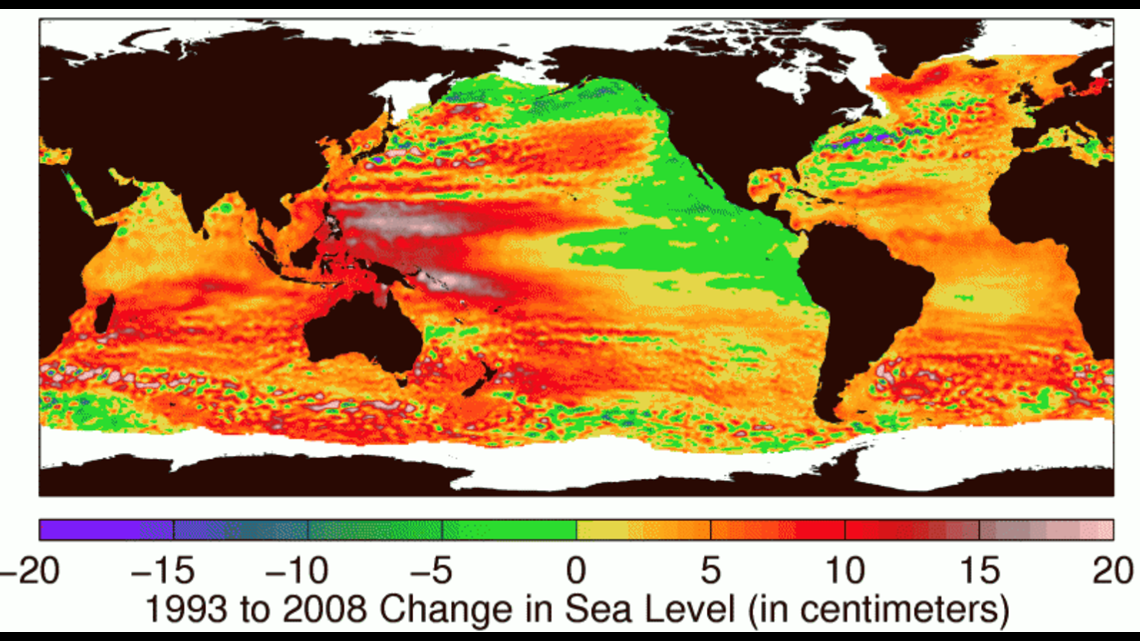
Because of melting ice and the thermal expansion of warmer water, sea levels are rising. Our oceans do not unilaterally rise. This has a lot to do with how tectonic plates work and how some parts of the globe are still “rebounding” from glacial periods. Look at the west coast of North America. Notice how sea levels are lowering. This is due to the land itself rising faster than the water. On the flip side, most of the Gulf of Mexico will experience rising seas, creating future flooding and storm surge impacts.
The fastest rising seas may continue to be around East Asia for China as well as many island nations.
EARTH: Future State
- Temperatures of both the land and sea will continue to rise.
- Sea levels will rise unequally.
- Snow and ice coverage will continue to reduce, and permafrost will continue to thaw.
- Some areas will receive more rainfall while others will become drier. In the USA, the eastern two thirds of the nation is expected to become wetter while the west may dry out.
- Wildfires will become more common in drier locations.
- Future hurricane activity remains unclear — however warmer waters would generally mean more intense cyclones. Overall, natural variability of oceans and currents play a much more decisive role in hurricane count and strength.
- Oceans will become more acidic and have less dissolved oxygen, which will hurt marine life.


ARKANSAS: Future State
- Warmer temperatures — if the current trend continues, Arkansas will warm at a slower rate than the rest of the USA.
- The growing season will continue to lengthen with less days of possible frost.
- Annual rainfall will most likely increase slightly (but possibly decrease in Oklahoma). Some climate models suggest a drier Arkansas as the subtropics expand and produce less rainfall.
- Tornado Outlook: It is unclear how severe weather overall will be impacted by climate change. However, winter tornadoes are becoming more common throughout the southeast thanks to higher instability. In addition, outbreaks are becoming more intense but the quiet times between outbreaks has lengthened. Thus we may get fewer, but more intense, tornado outbreaks. **
- No direct sea level impacts.
Overall, thanks to Arkansas’ location on the world state, climate change impacts are being felt but not nearly as much as other states, and especially not as much as other nations. Coastal areas and higher latitudes will most likely be impacted the most.
**It is unclear how wind shear (how the wind changes with height and direction) will change due to a warming climate.
-5NEWS Weather


